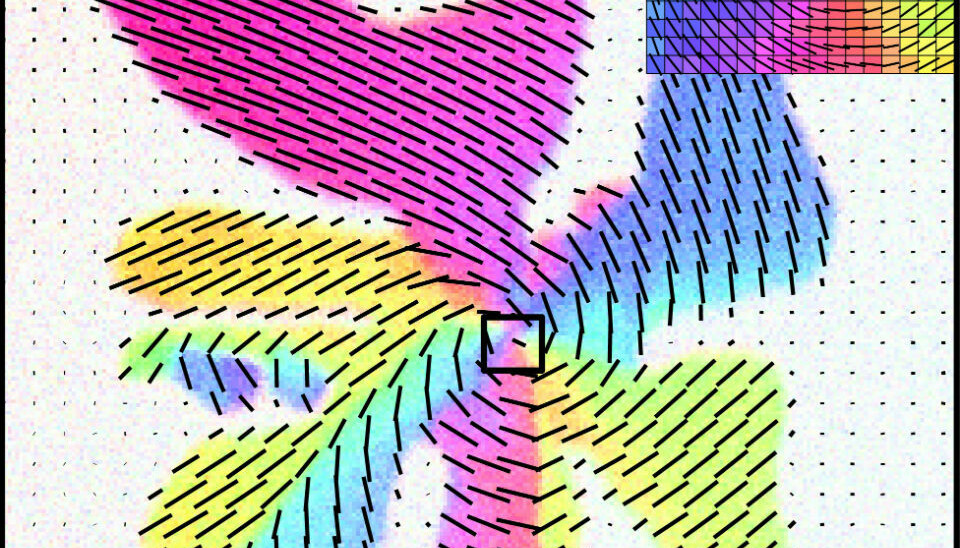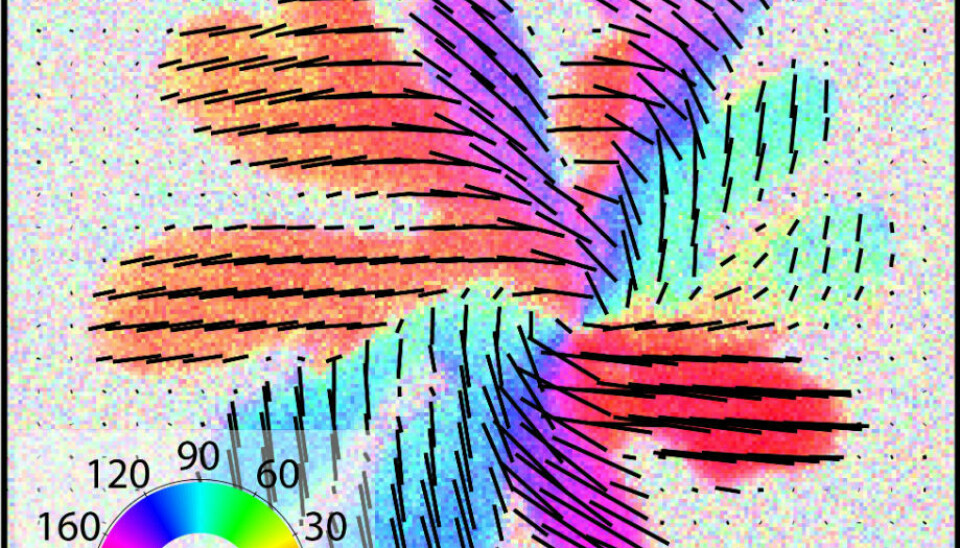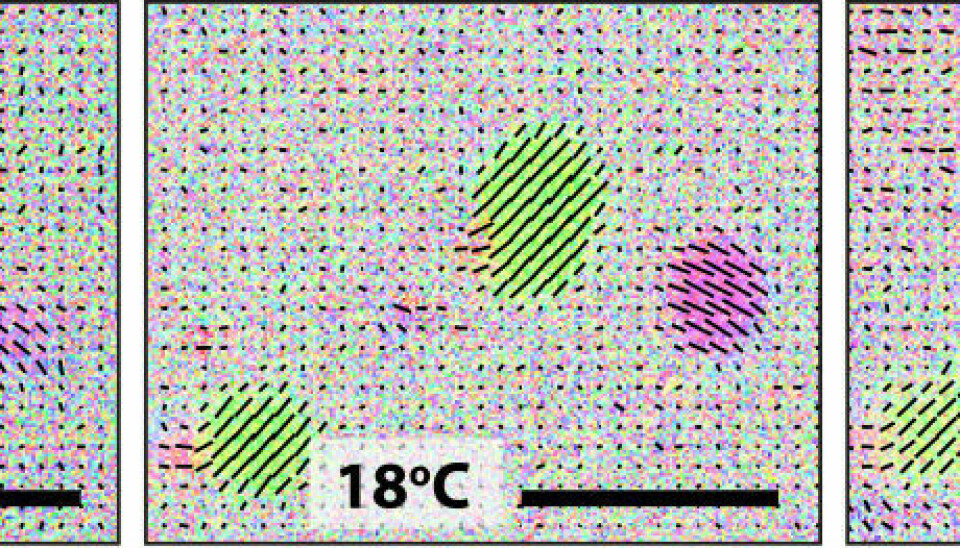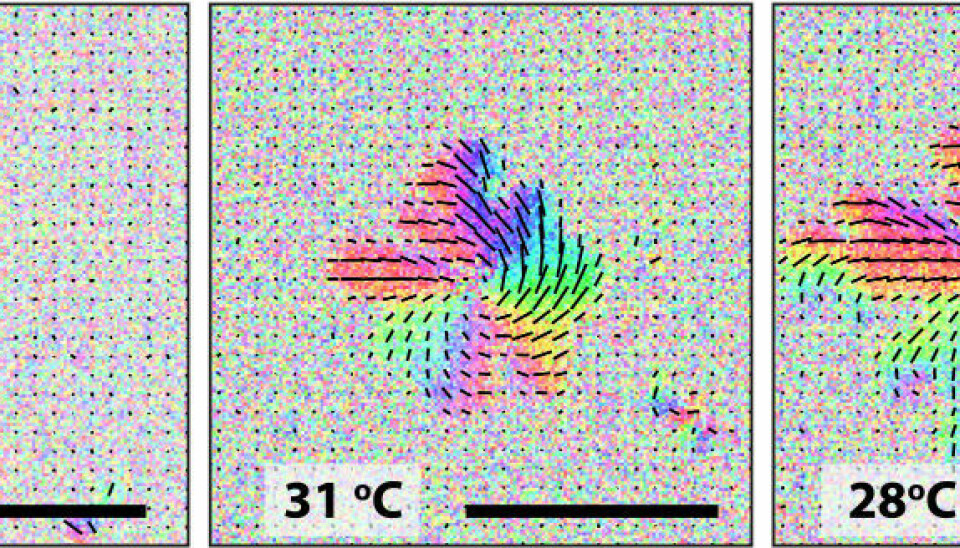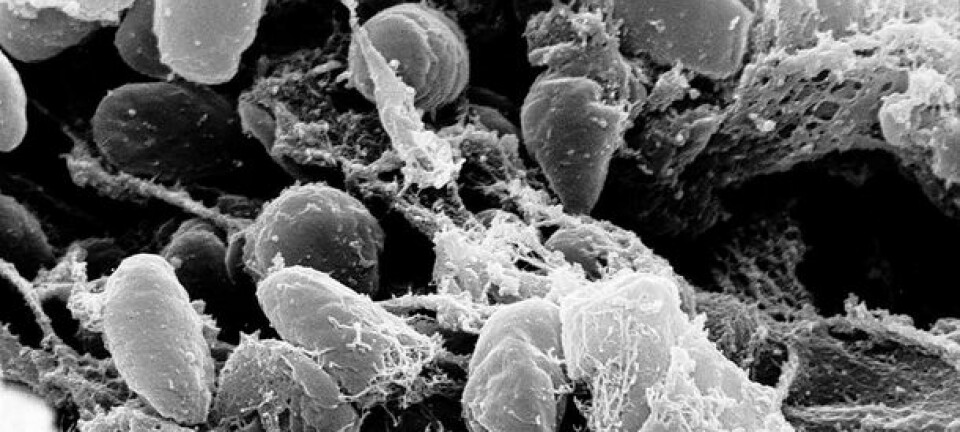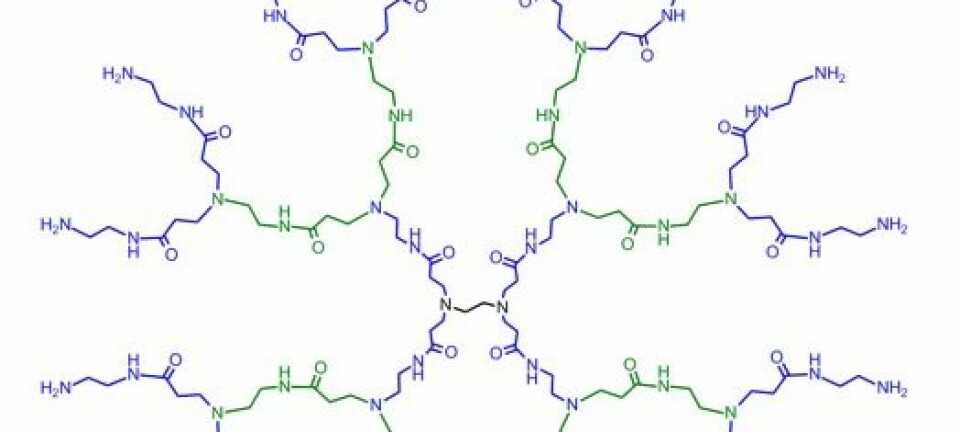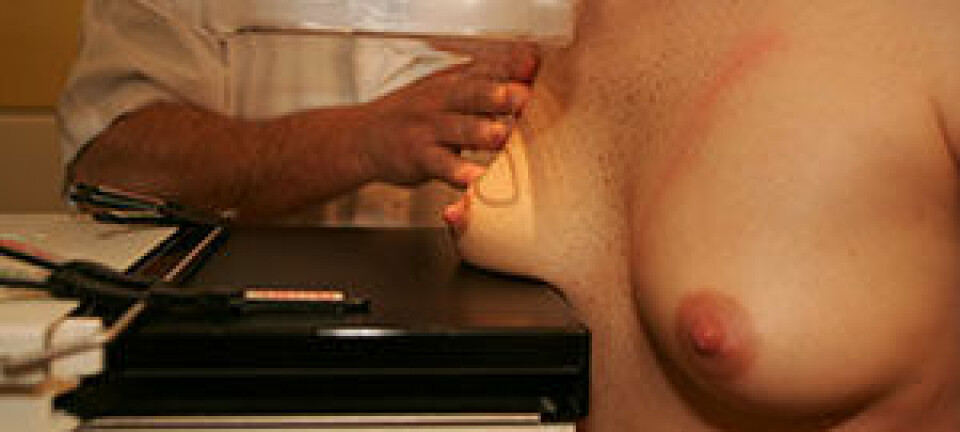Mechanism behind weird membrane patterns revealed
See pictures of the mysterious cell membrane patterns that scientists discovered five years ago. The mechanism behind these patterns has now been uncovered.
It was pure coincidence when, five years ago, a PhD student and a postdoc from Denmark were playing around with a microscope and discovered a beautiful pattern inside a cell membrane.
Using polarised light, the two researchers observed contrasts in the membrane that had not previously been described scientifically.
”It’s a type of organisation of molecules known from liquid crystals, which are used in e.g. mobile phones and flat panel displays,” says Associate Professor Adam Cohen Simonsen of the Department of Physics, Chemistry and Pharmacy at the University of Southern Denmark.
“The fat molecules we have observed in the membrane behave in similar ways. What’s new in our study is that we suddenly discovered these effects in a biological system like the cell membrane.”
What’s new in our study is that we suddenly discovered these effects in a biological system like the cell membrane.
This discovery sparked five years of intense research on this strange pattern. Now the researchers have discovered a new lipid pattern, and they have figured out under which conditions the various patterns are formed.
”This is just the beginning,” he says. “There may be more than the two patterns we have identified.”
Together with his colleagues, Simonsen has published the findings in the Journal of Physical Chemstry Letters, in which they demonstrate how the two patterns are created.
The thickness determines the pattern
The beautiful patterns are created in a lipid bilayer – a thin polar membrane made of two layers of lipid molecules – which is a fundamental structure in any biological cell membrane. In some areas of the cell membrane, these fat molecules are particularly densely packed.
This is just the beginning. There may be more than the two patterns we have identified.
”Just like water molecules can be converted into ice by entering tightly packed crystals, these fat molecules in cell membranes can, under certain conditions, assemble in certain areas like a crystal,” says the researcher.
”We can see that it plays an important role just which fat molecules the membrane consists of. Some fat molecules form e.g. a spiral pattern, while others form a rod-shaped pattern. The fat molecules we’re using are of different lengths, which means that the molecules differ in membrane thickness. The thickness of the membrane can vary from e.g. 5 nanometres to 6 nanometres, depending on which fat molecules we’re using to construct the membrane in the laboratory.”
Artificial membranes work well in experiments
Instead of using a real cell membrane, the researchers used a replica. The artificial, yet simpler, system responds more predictably than a natural cell membrane would. Controlling the environment around the membrane and observing the effect is also easier with the membrane replica.
“In a biological context, these patterns wouldn’t be as big as in a real cell membrane, but this effect may exist in nature on a smaller scale.”
Basic research with potential
Simonsen says that their discovery of the strange patterns has already attracted international attention.'
“There will be even more interest in our discovery if it turns out that the patterns have a real biological application. But we haven’t reached that point yet.”
The project can be described as basic research, so the true extent of the new discovery will only become clear in the coming years.
----------------------
Read the Danish version of this article at videnskab.dk
